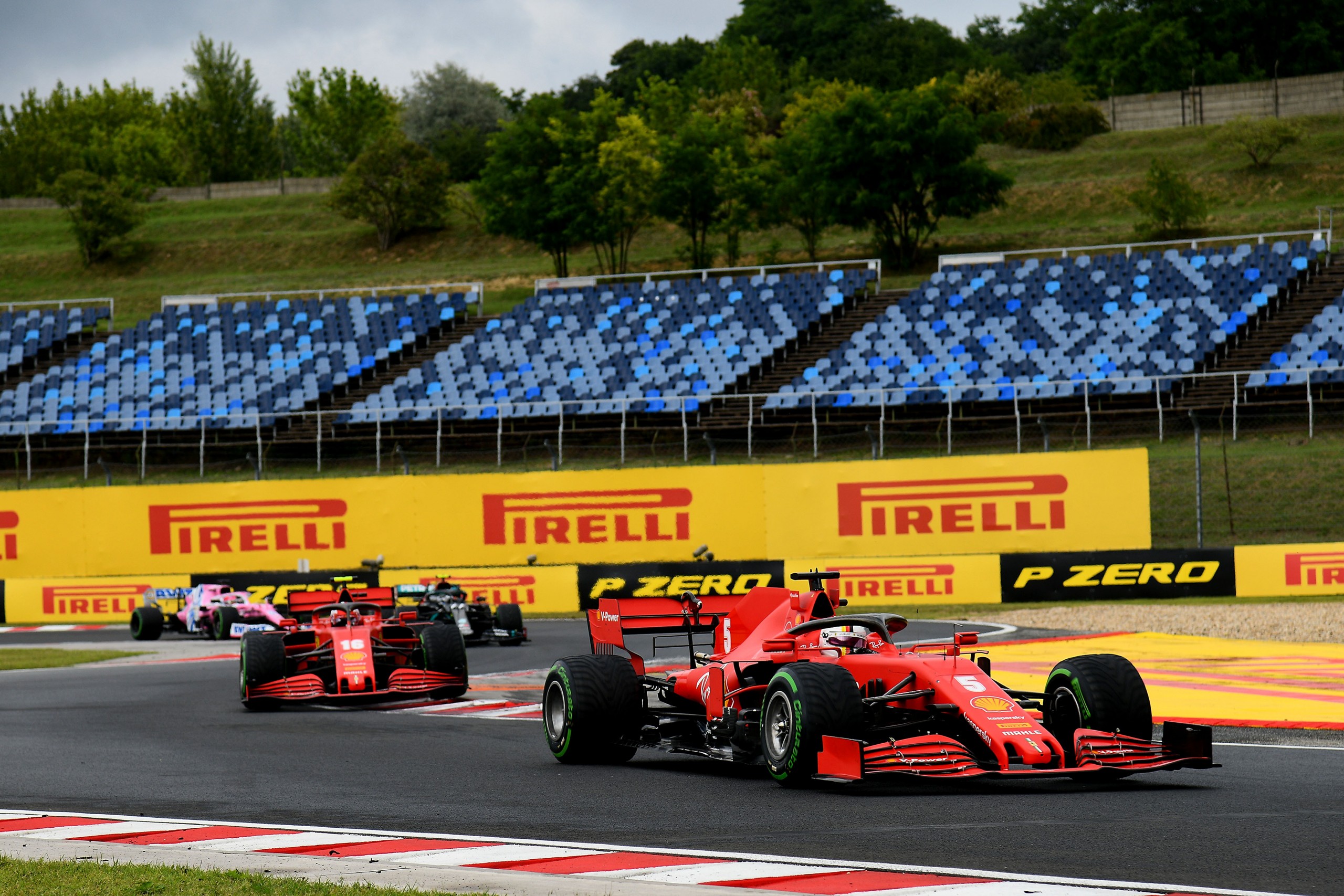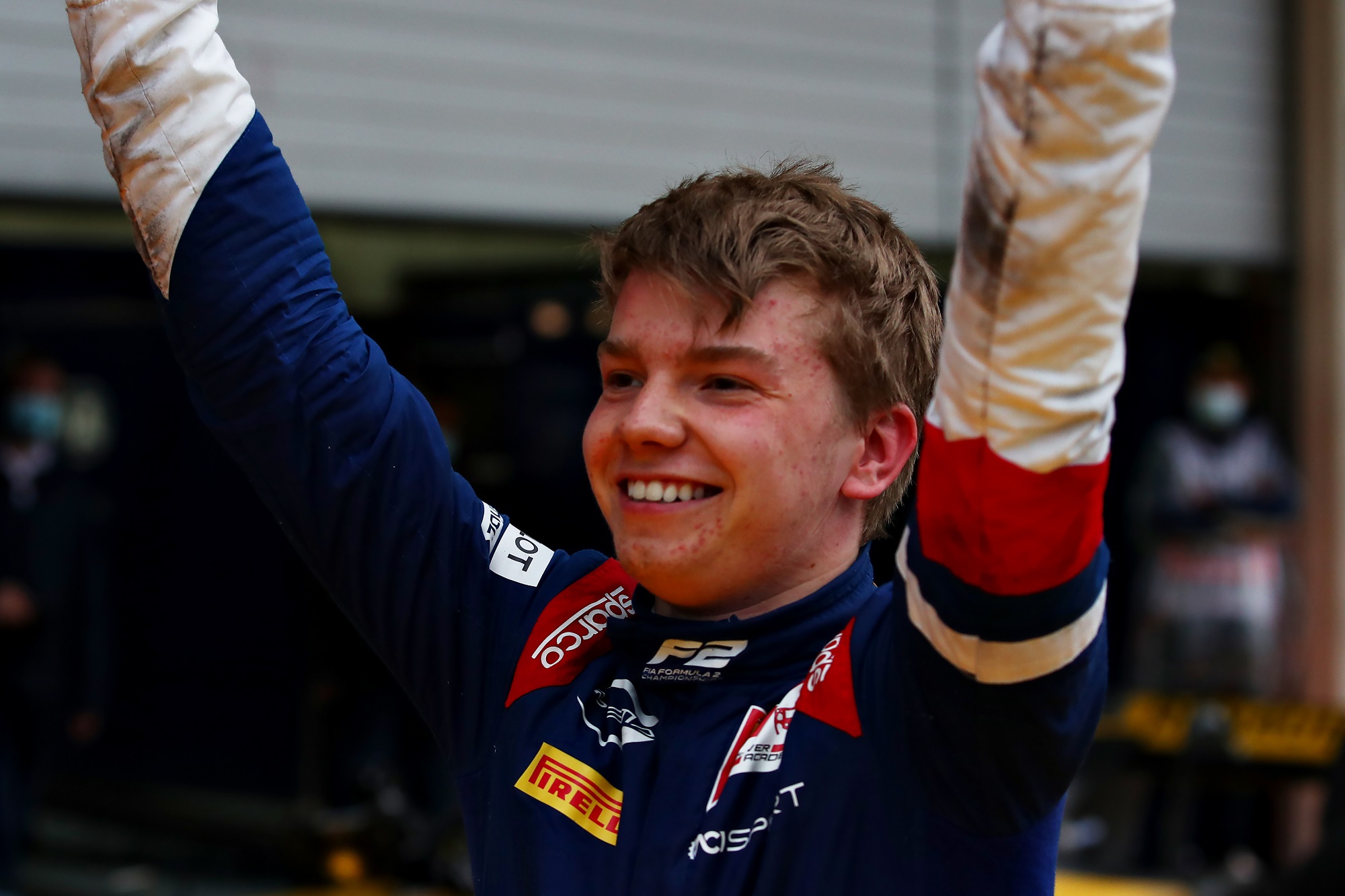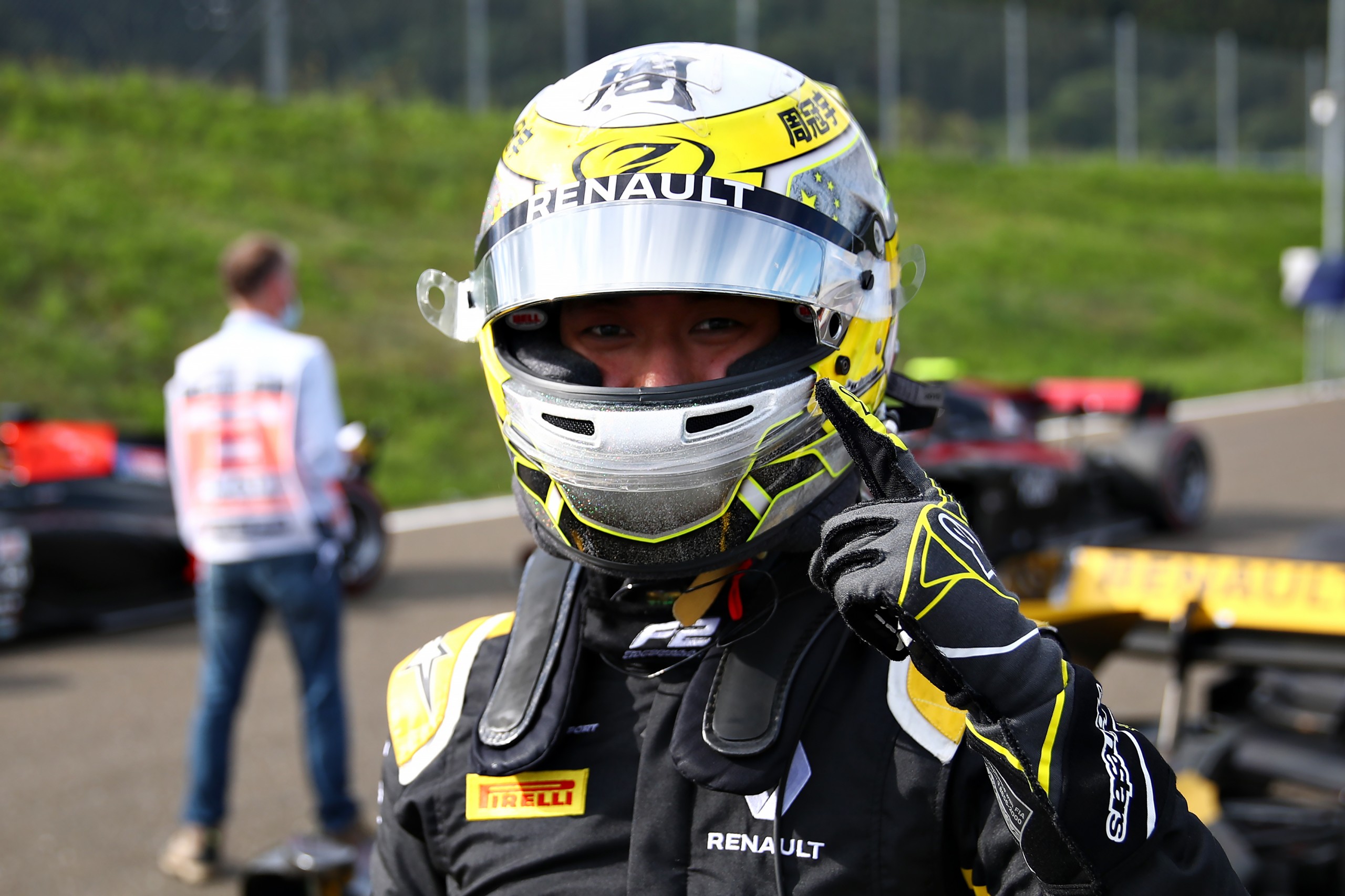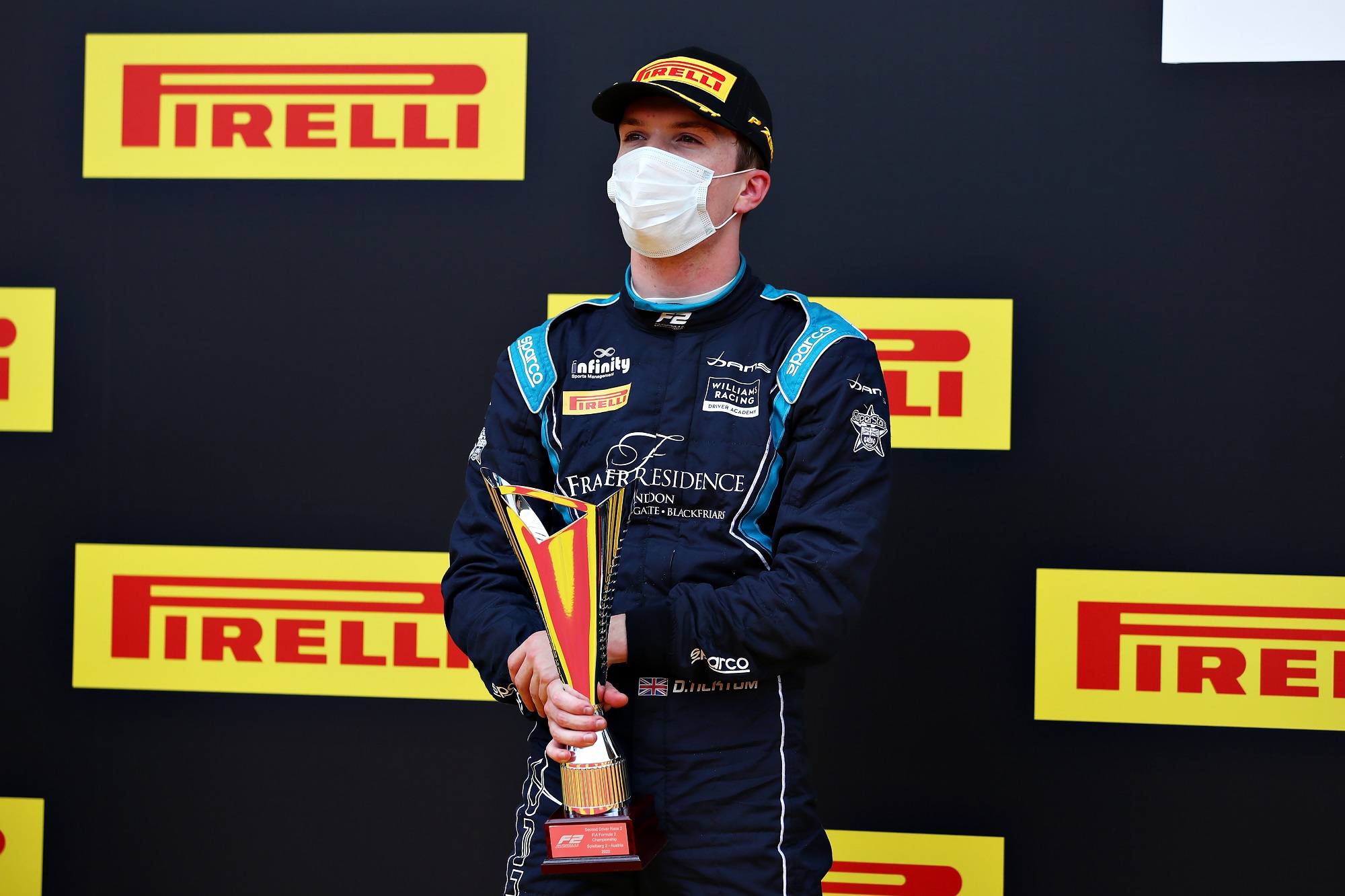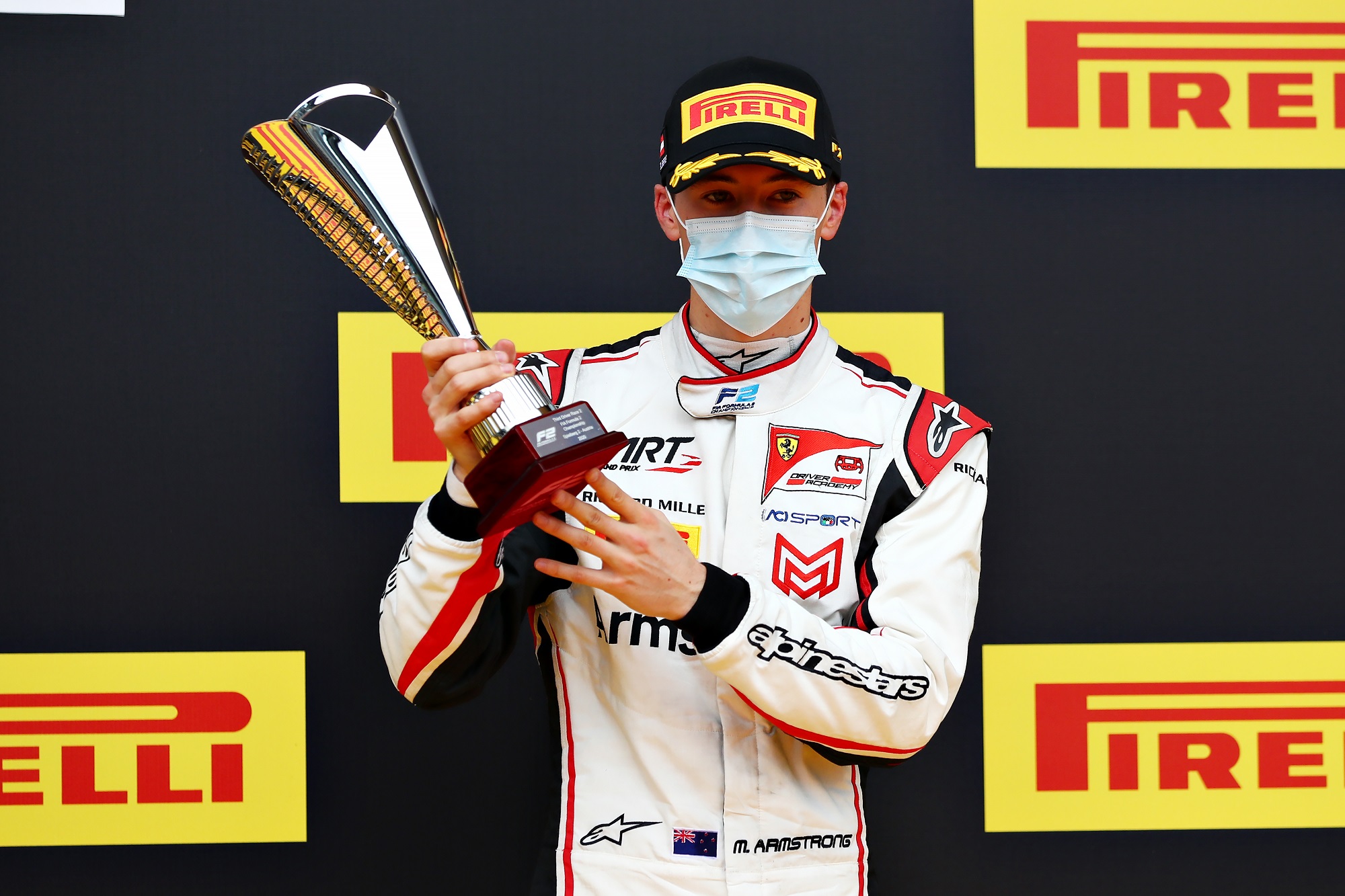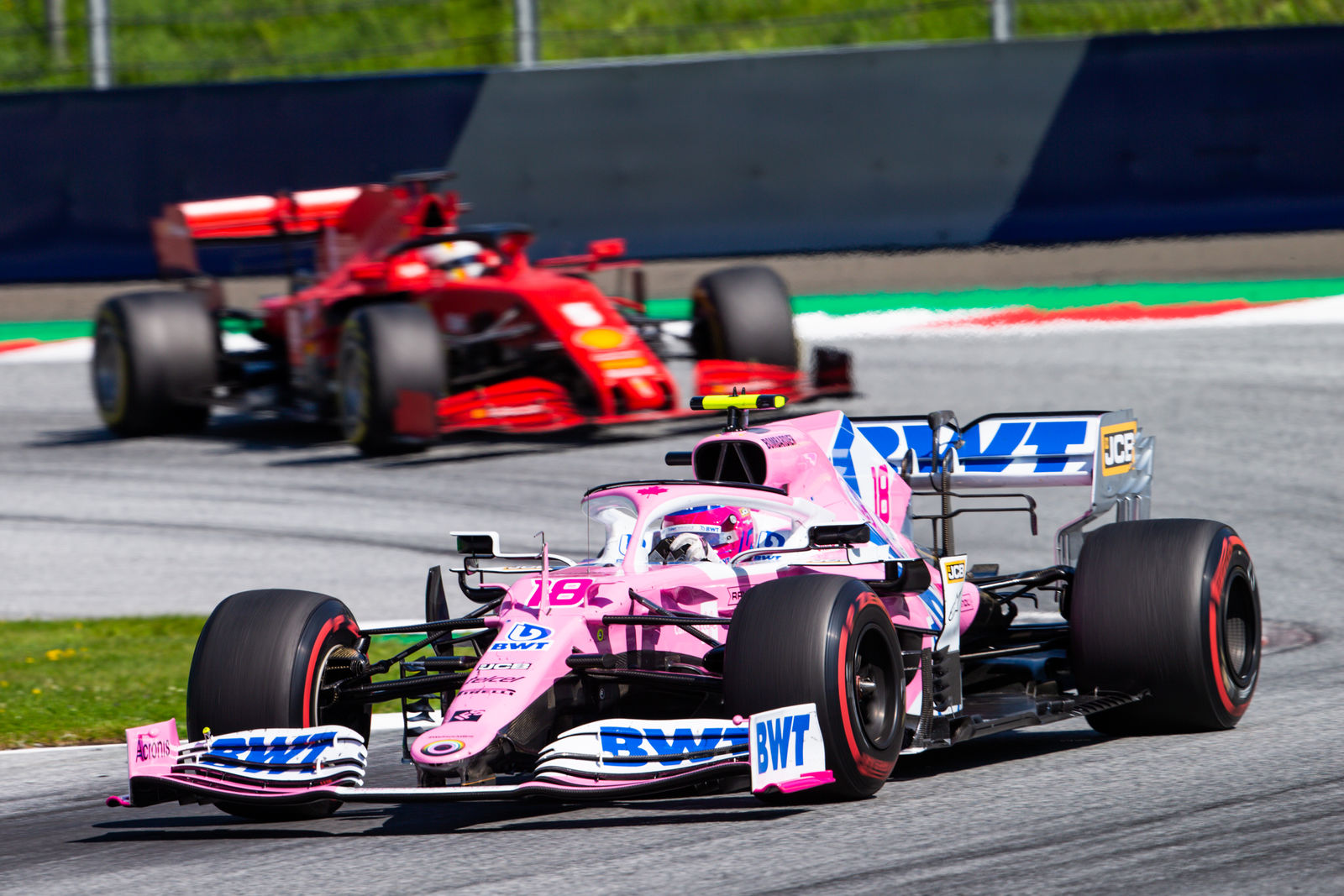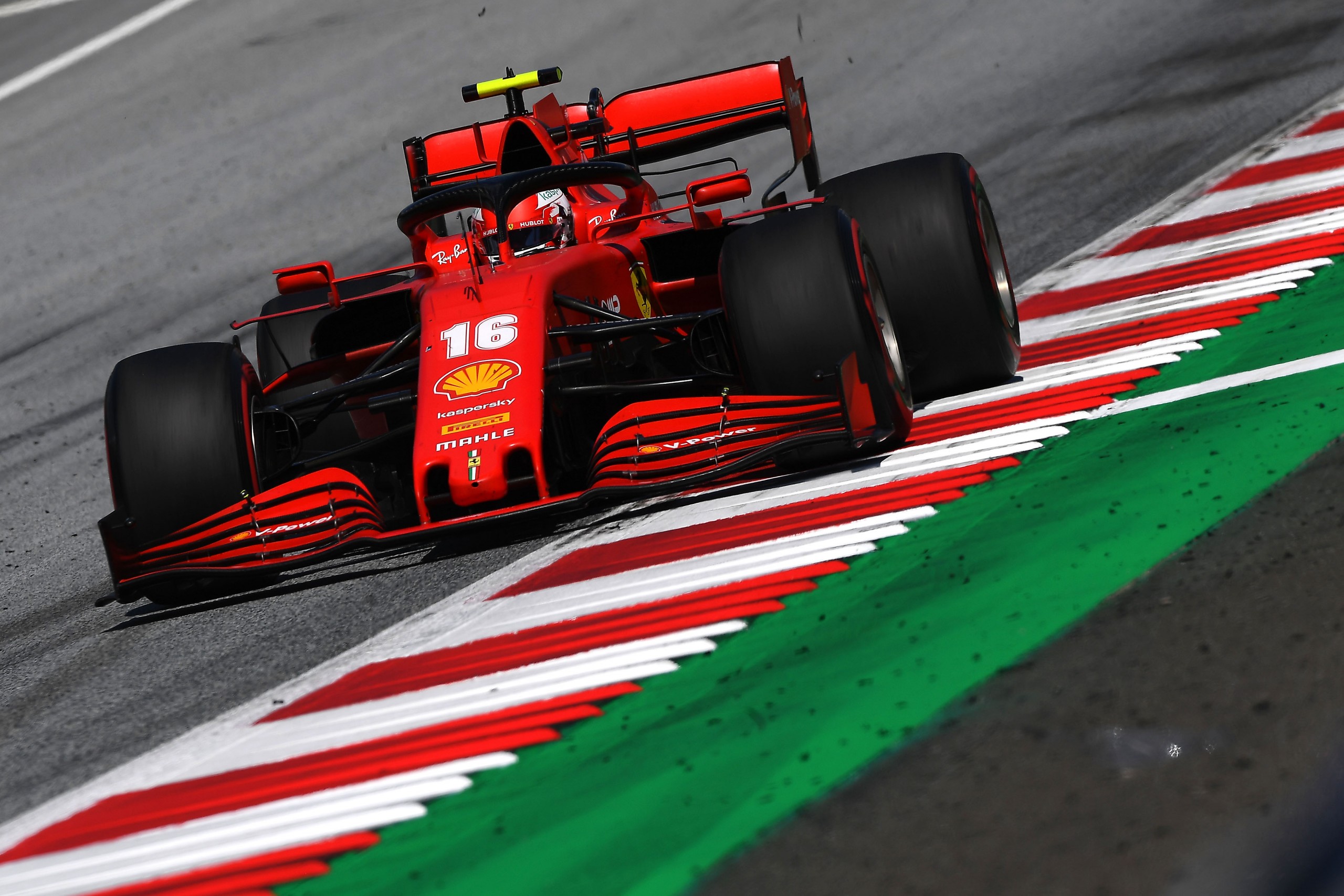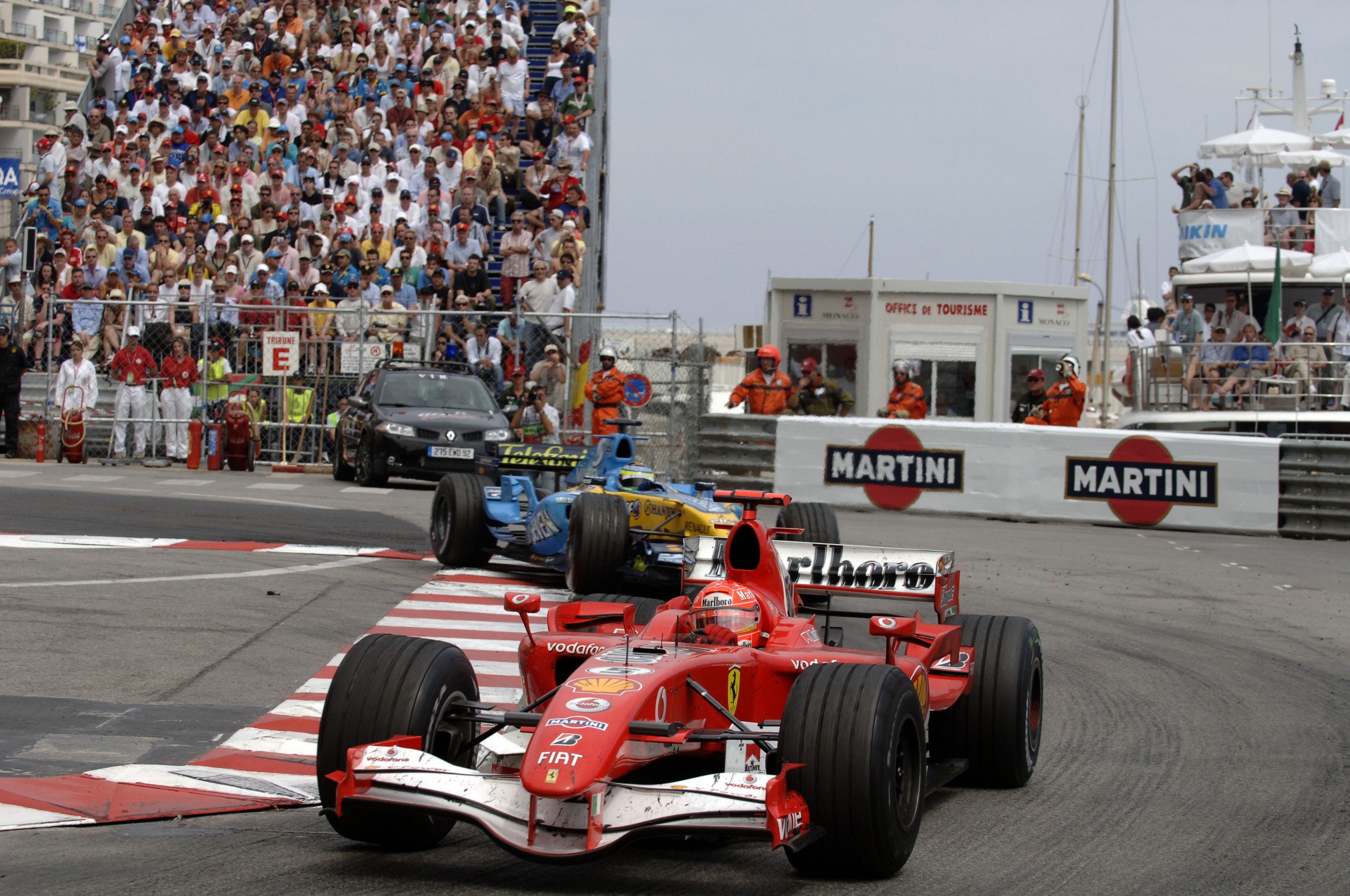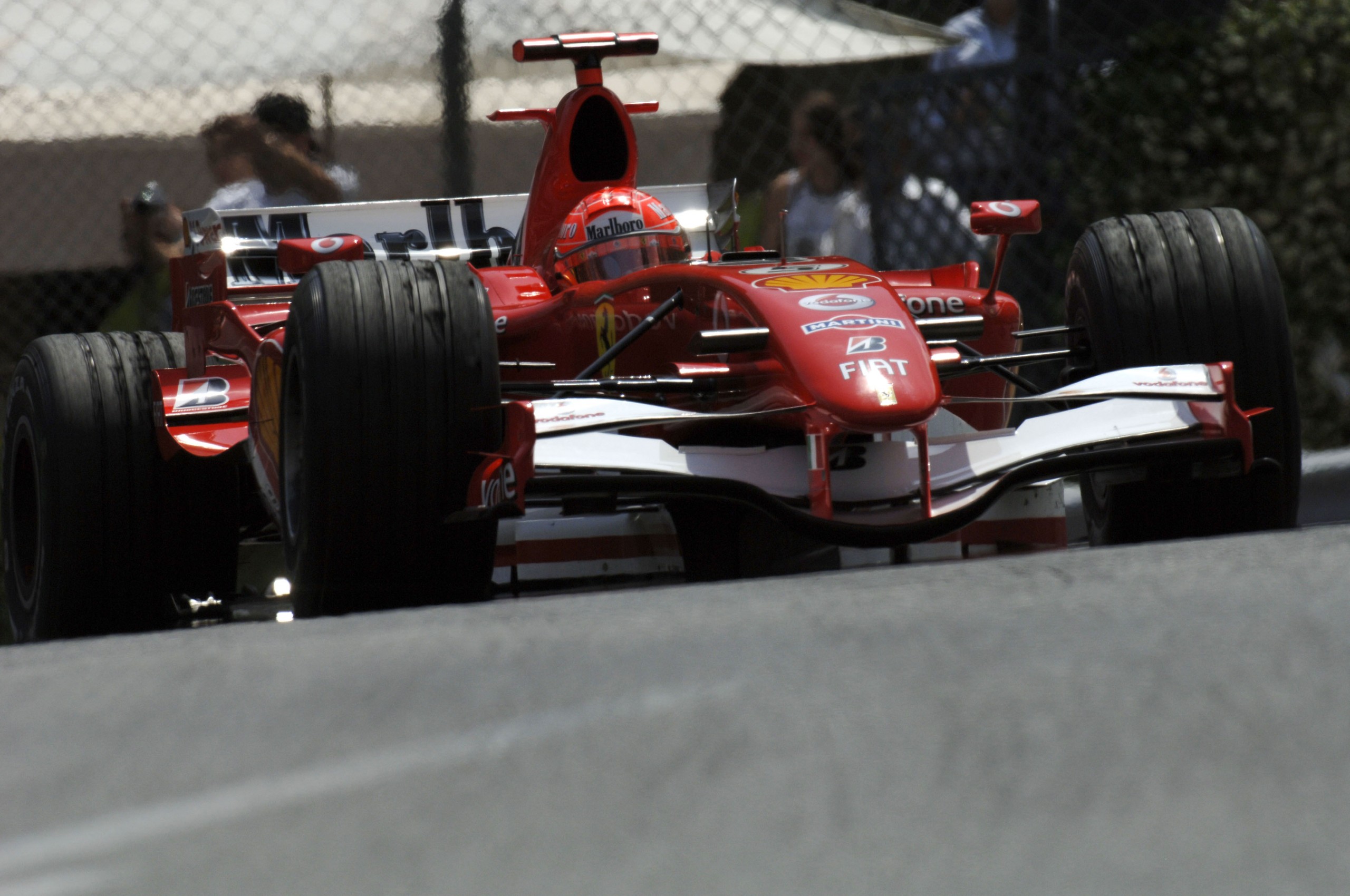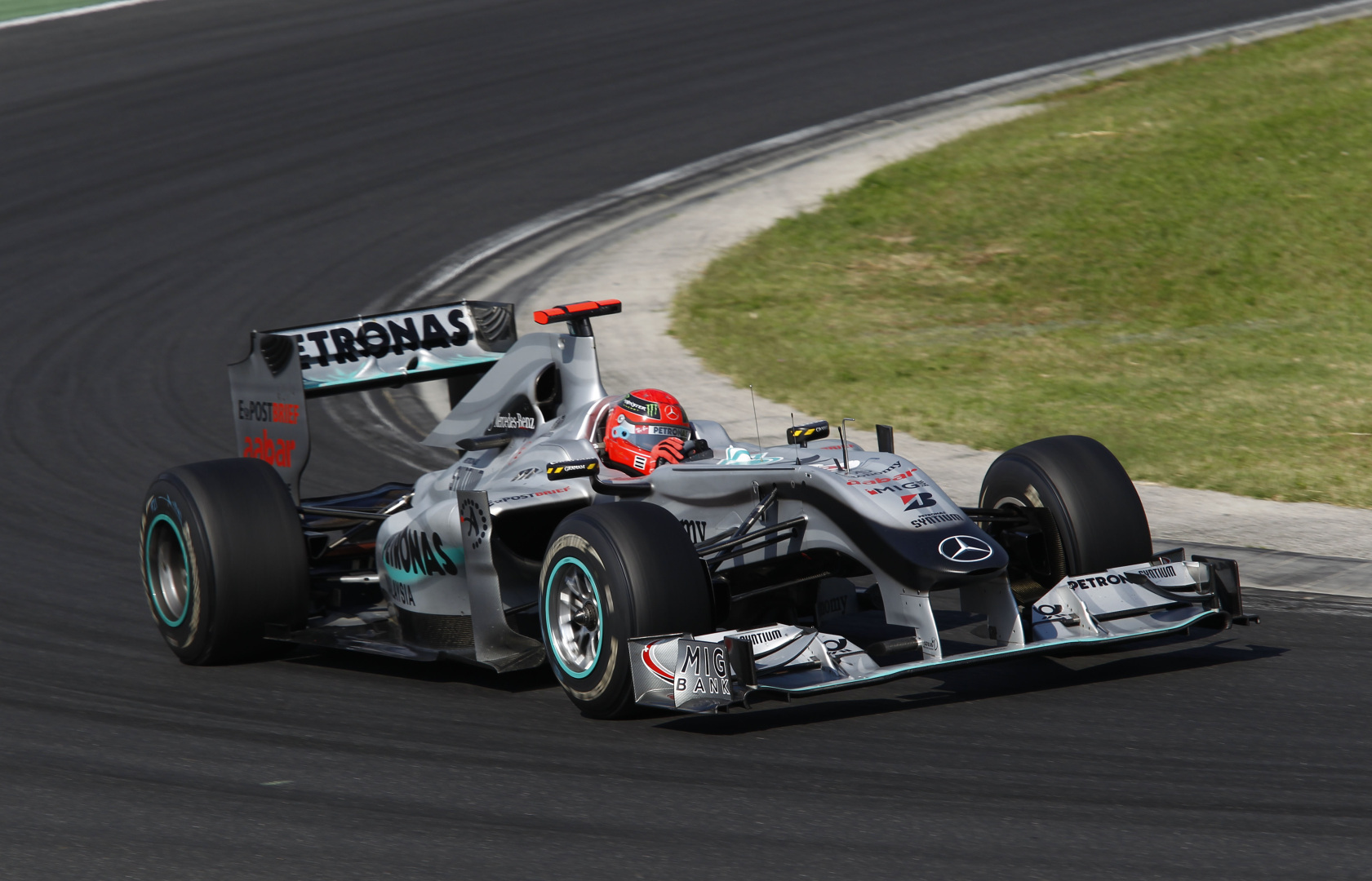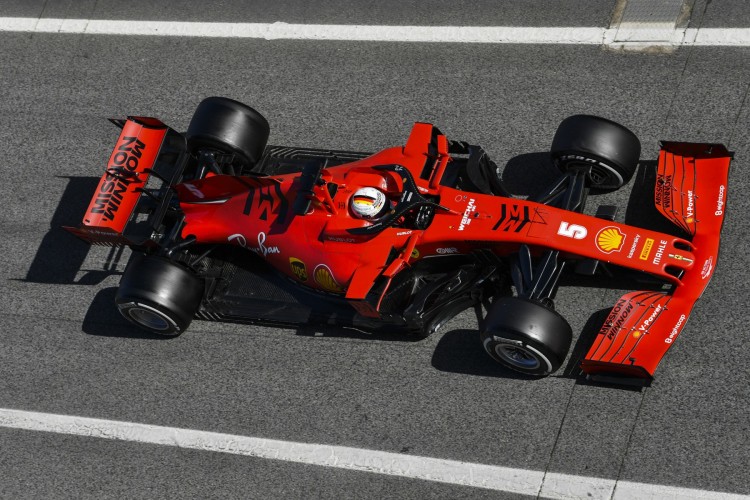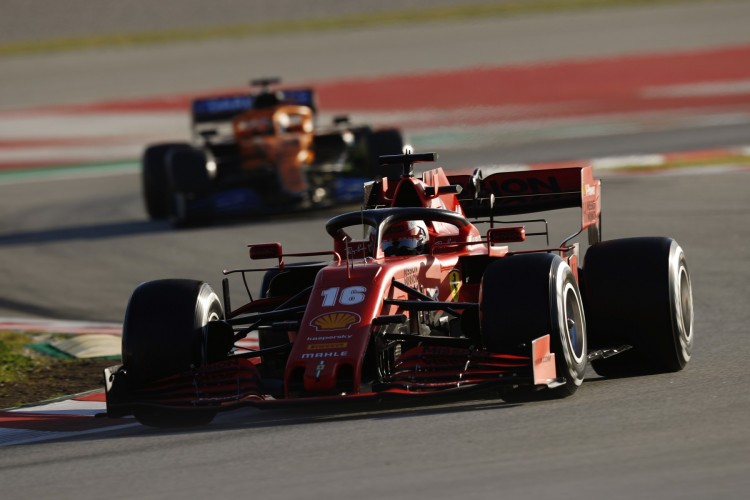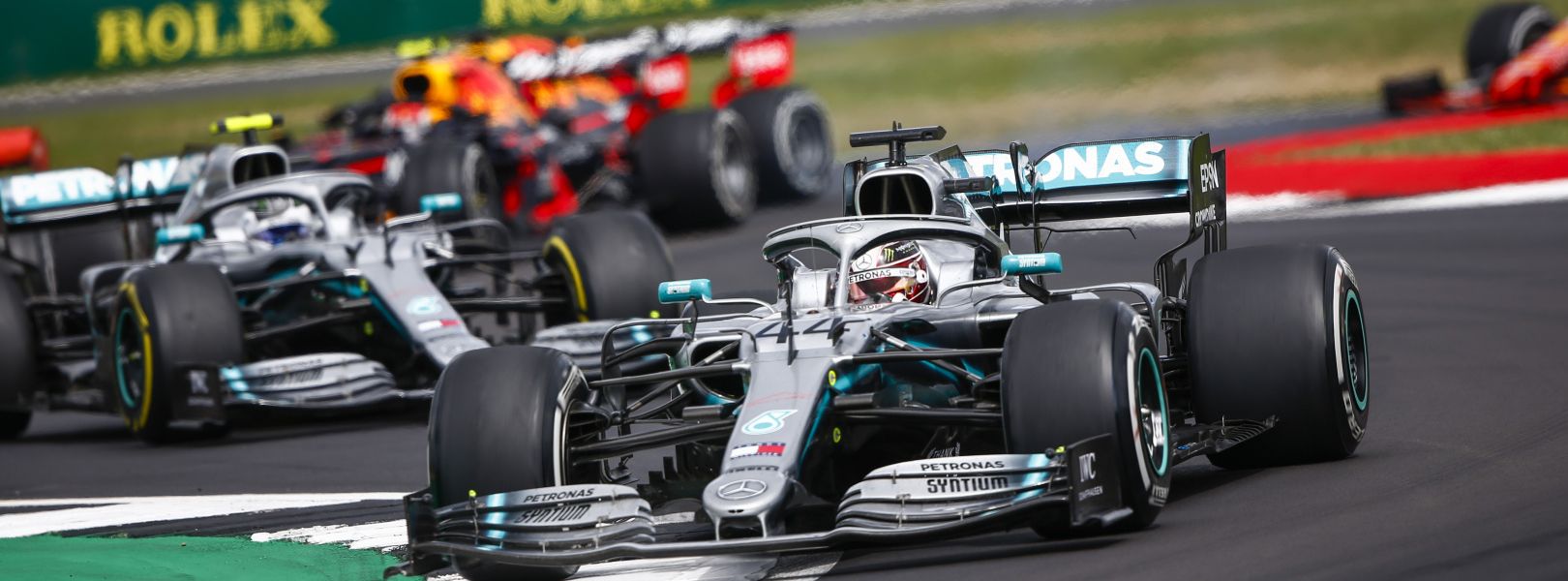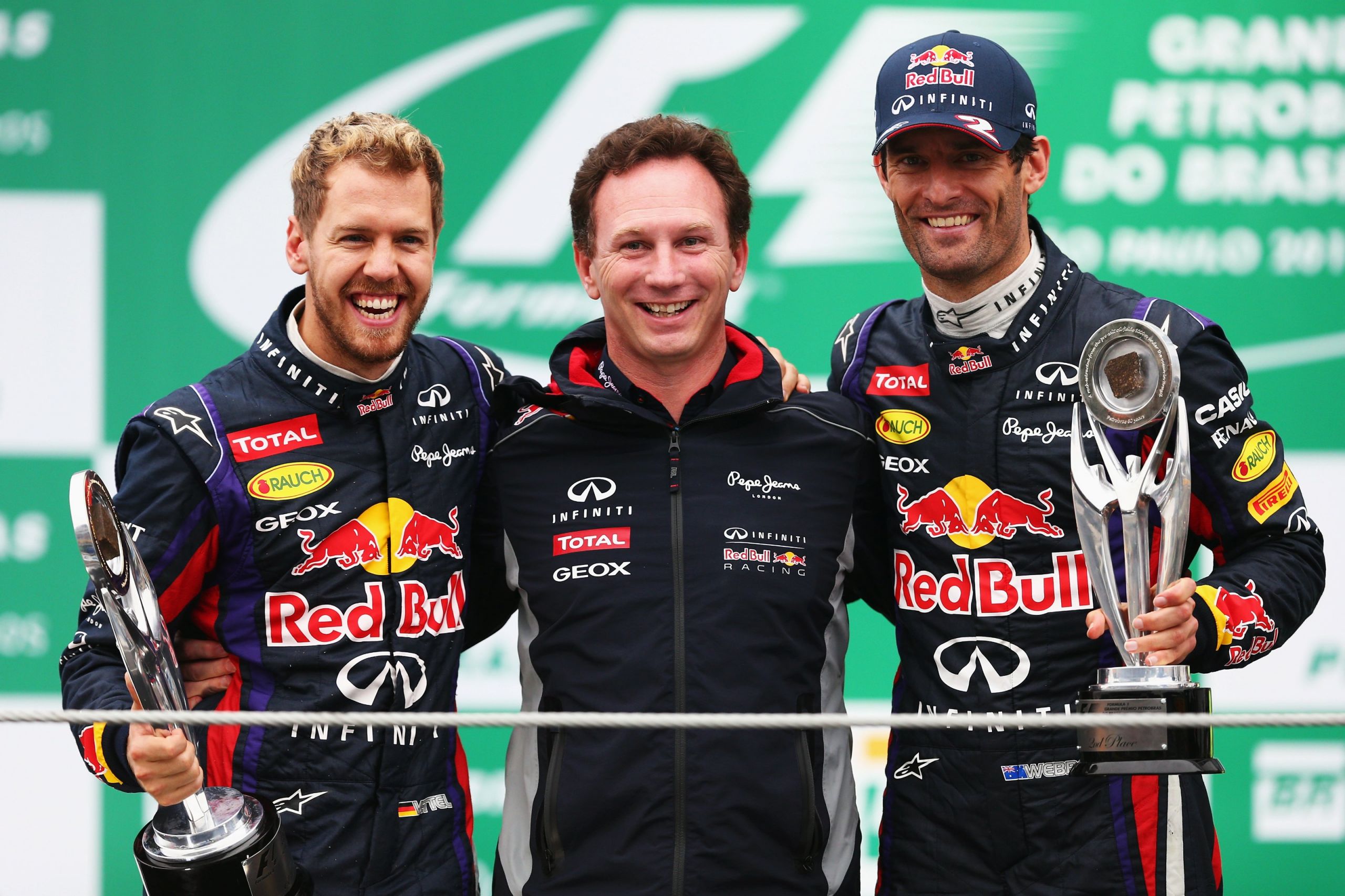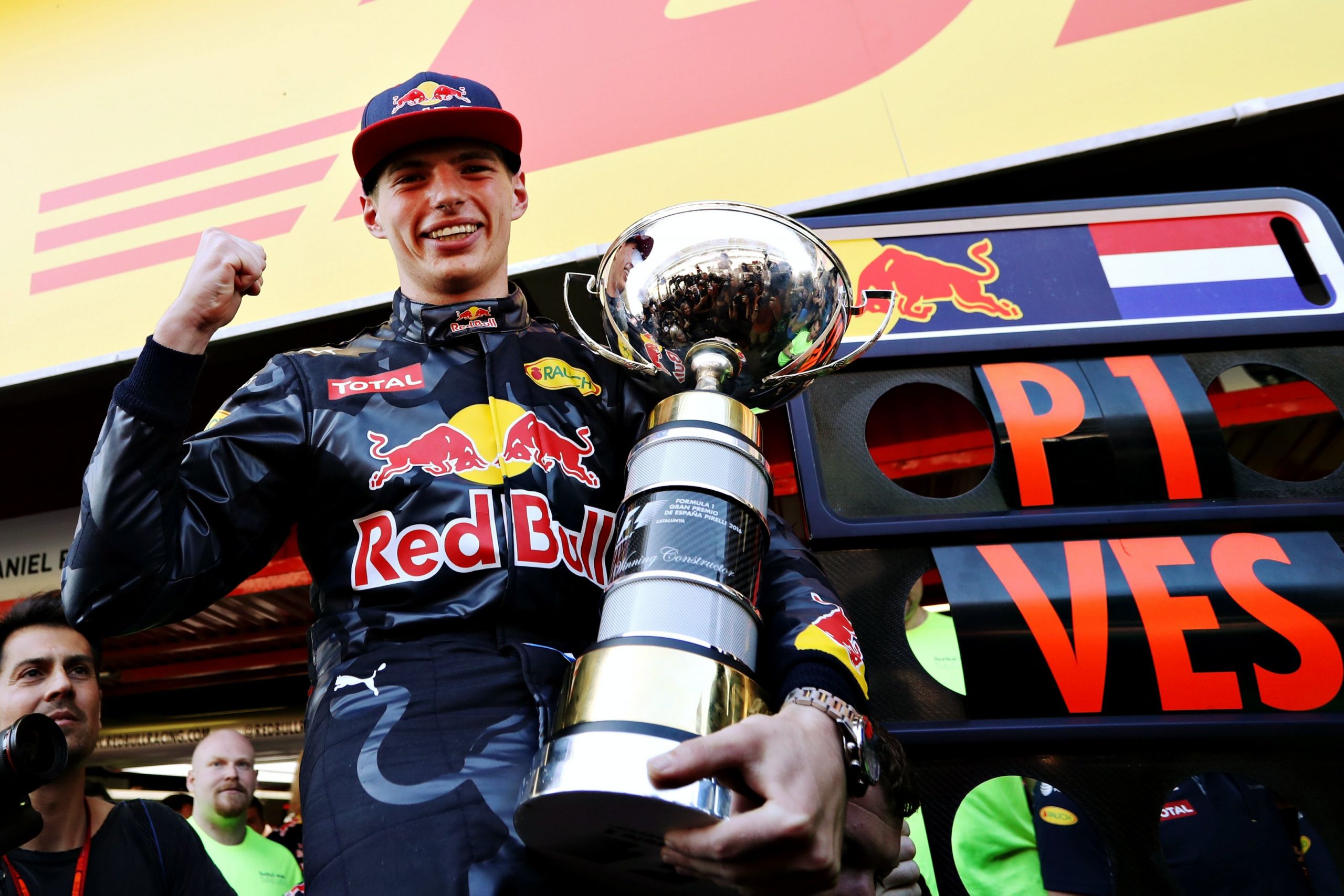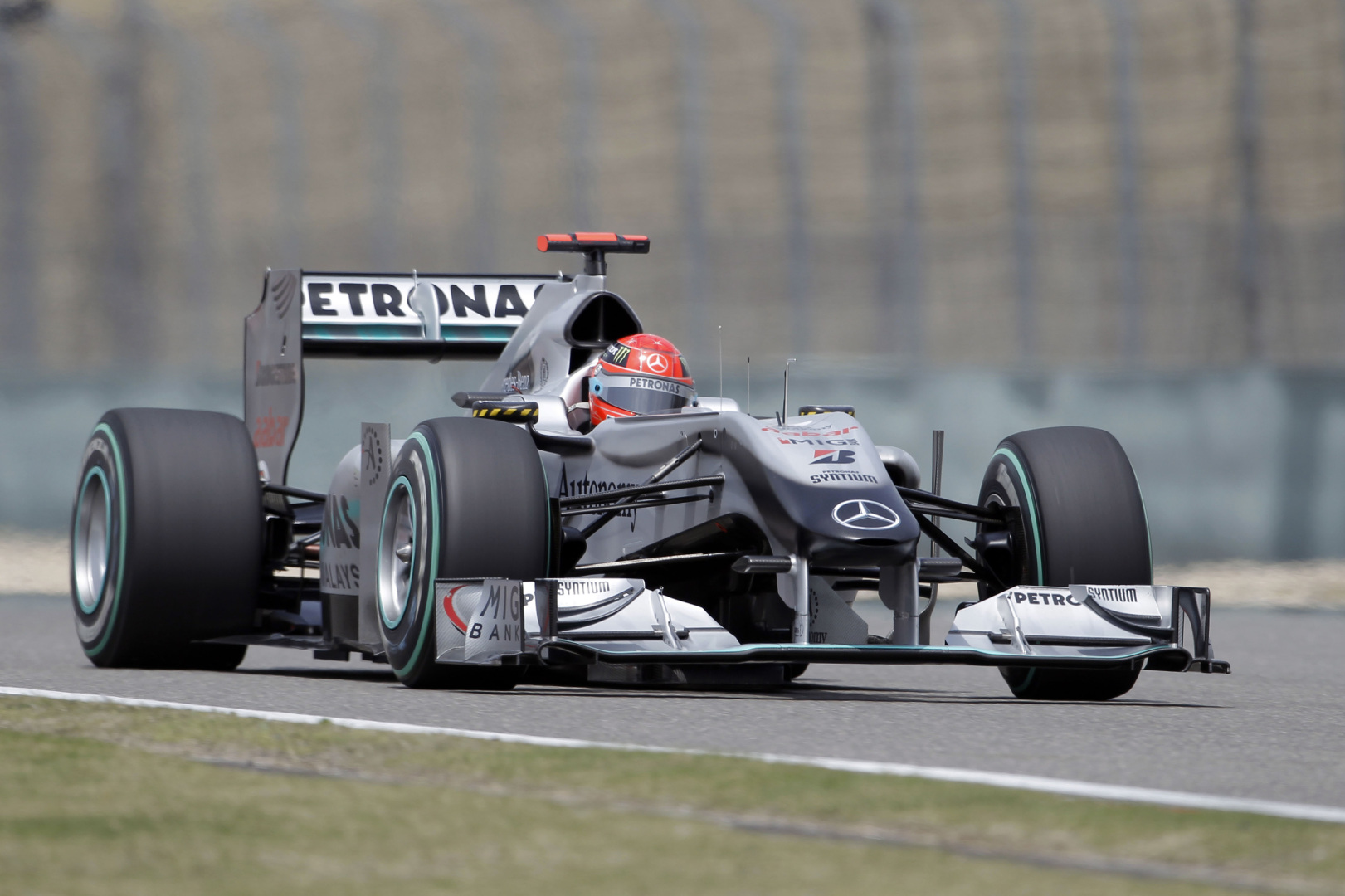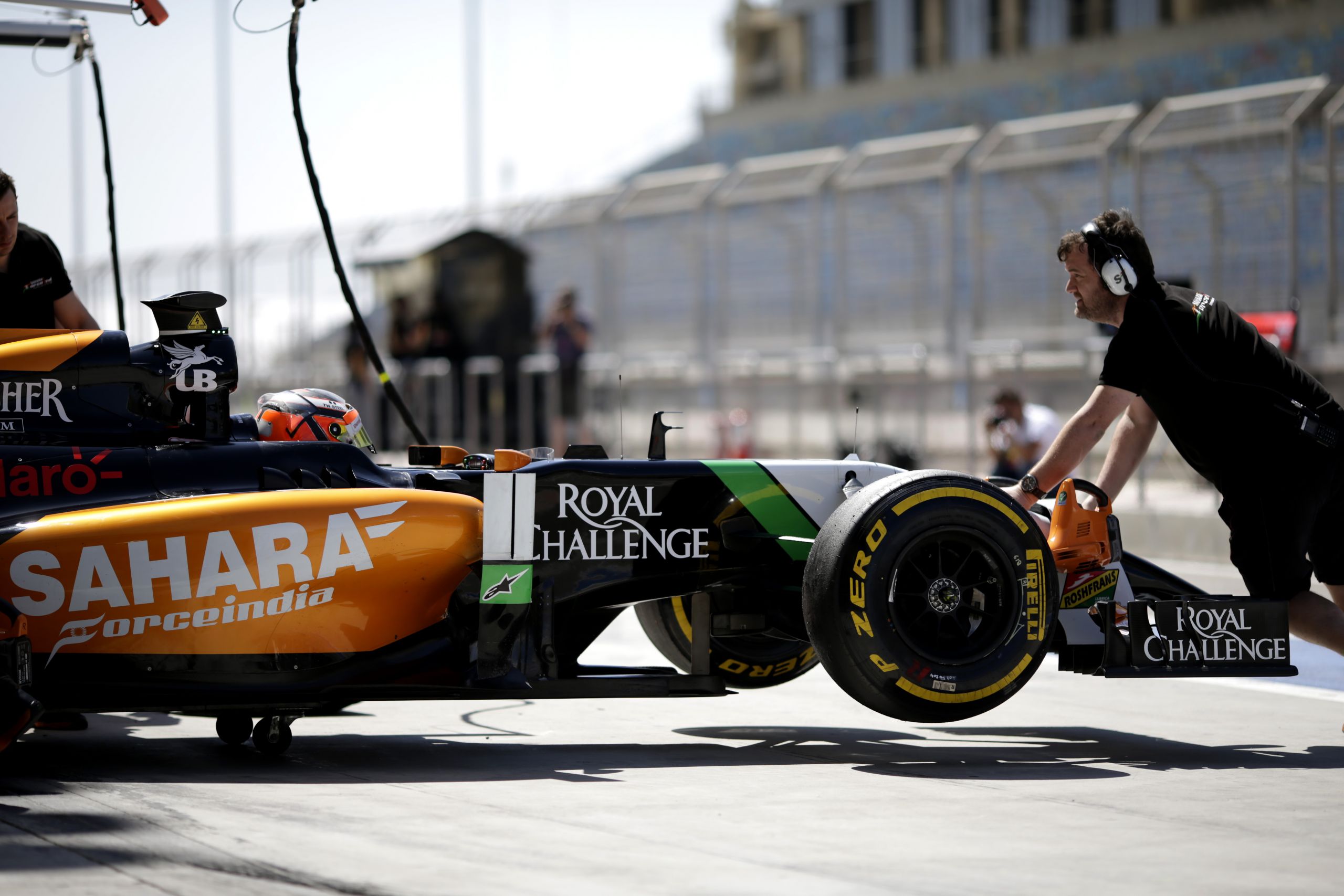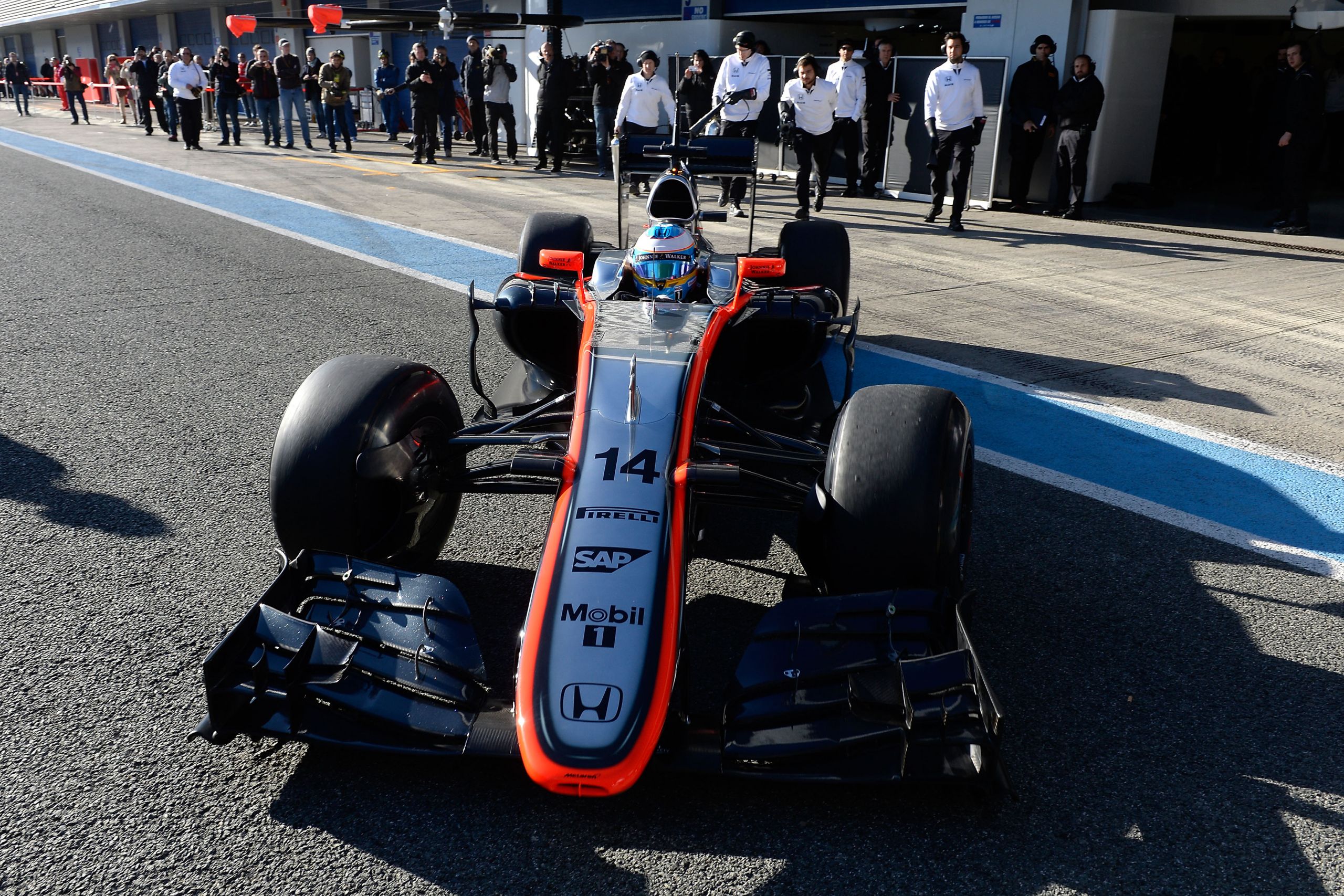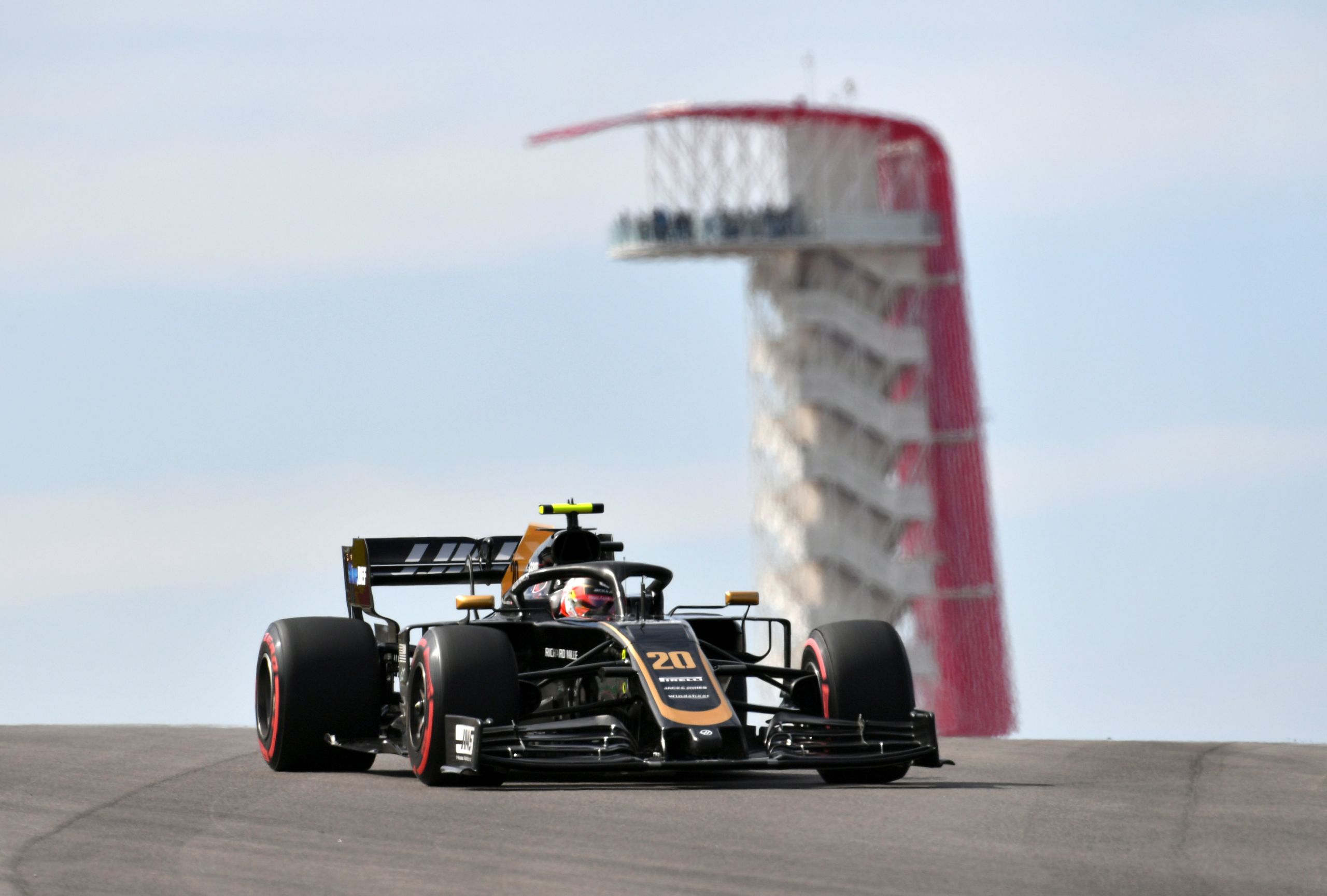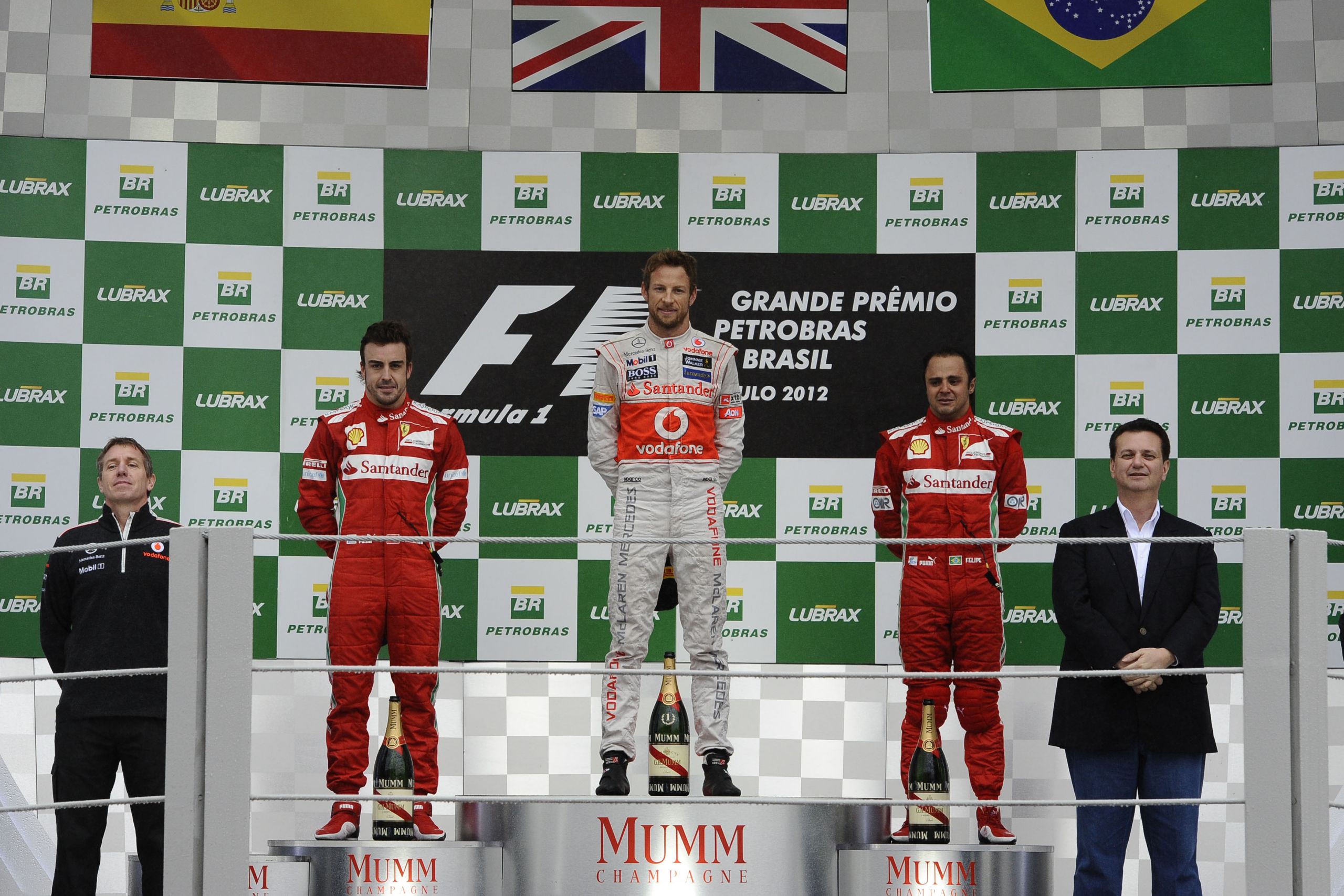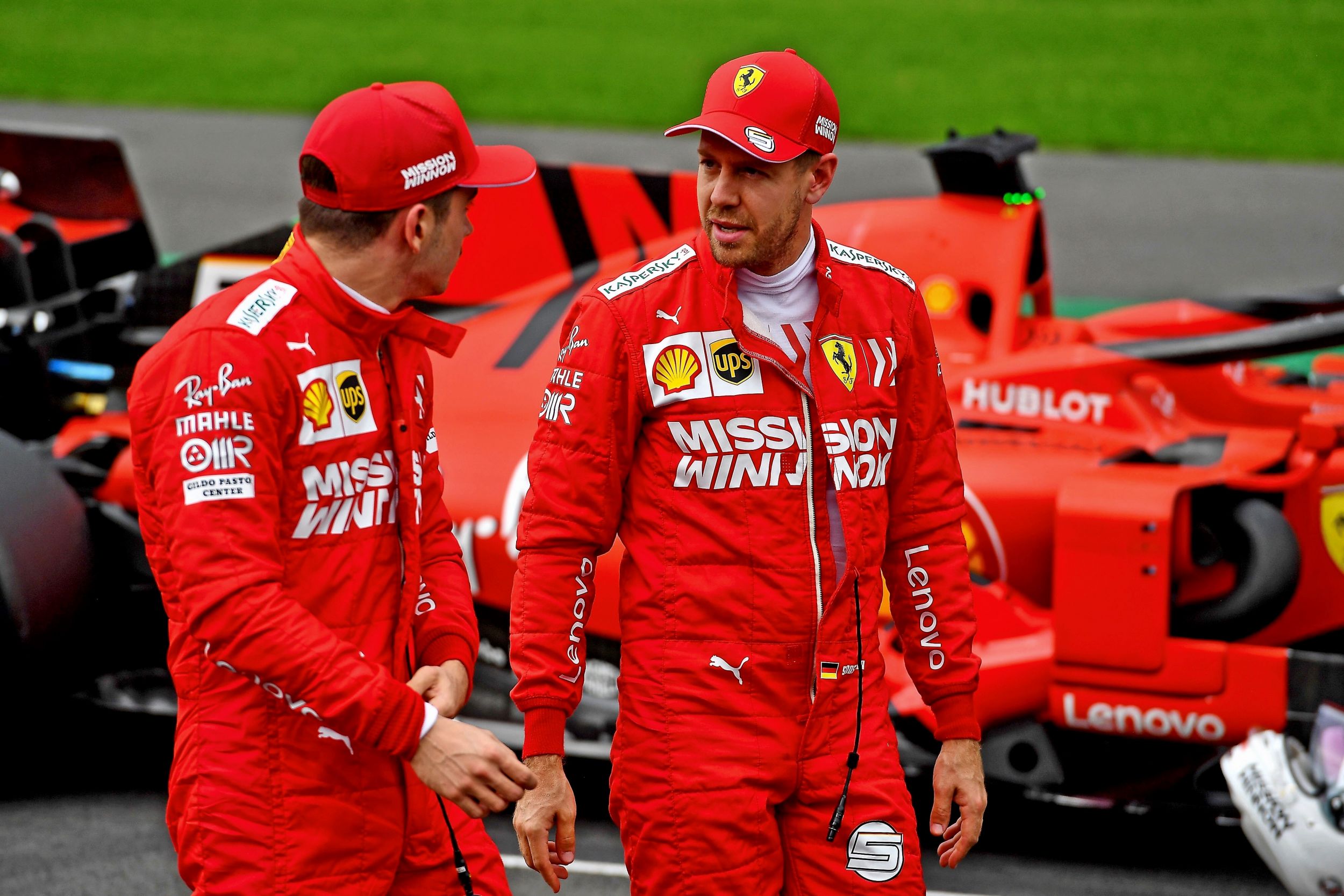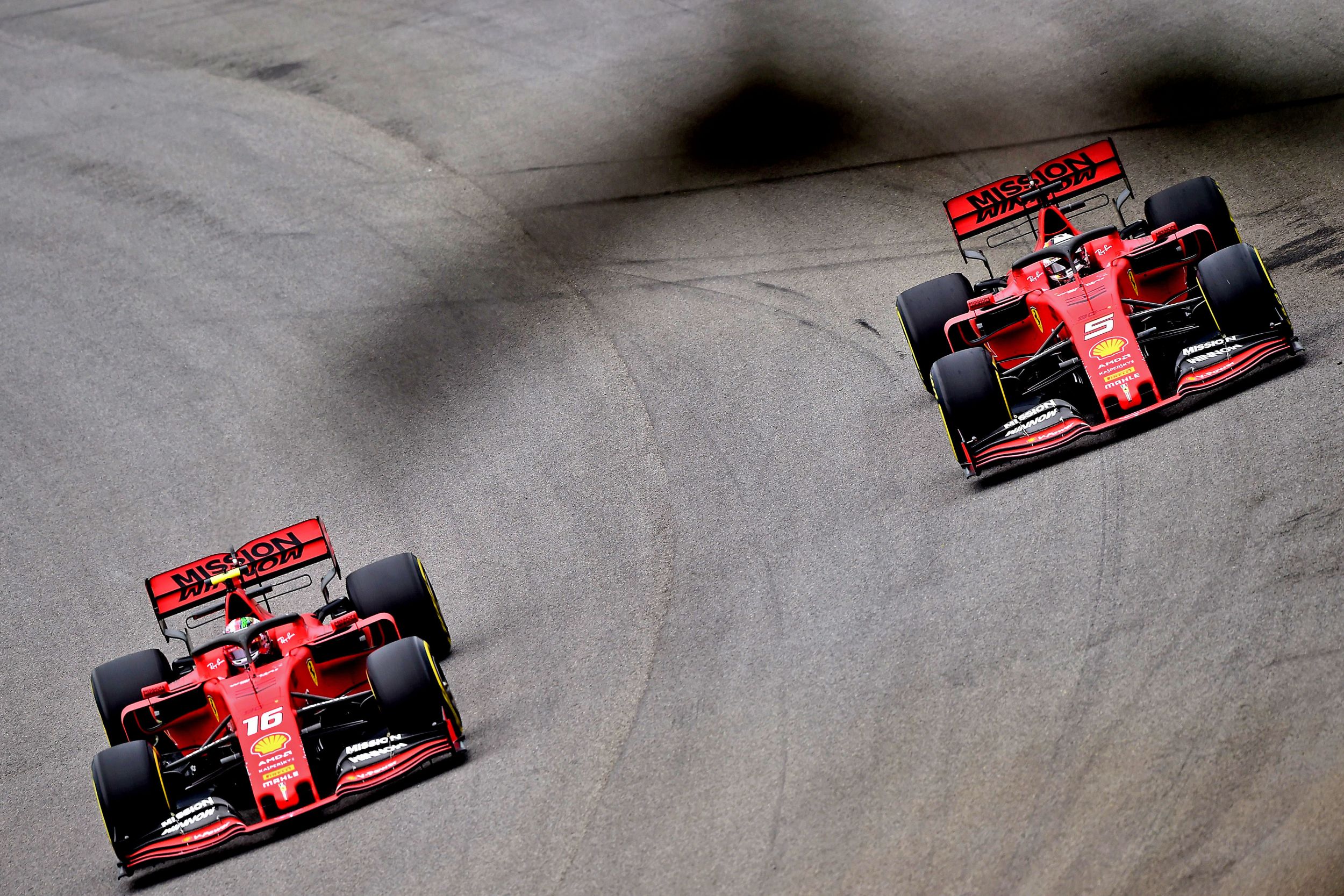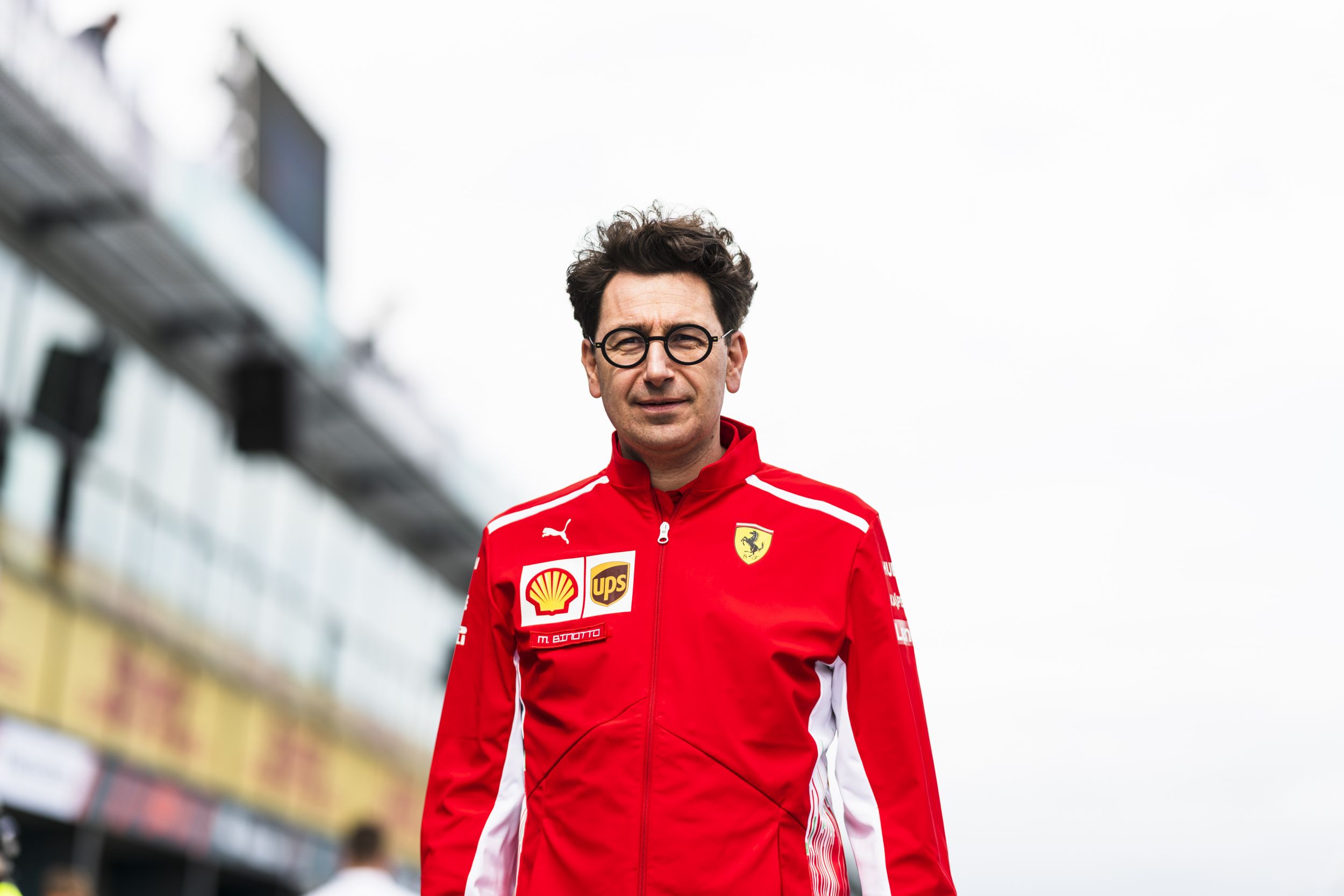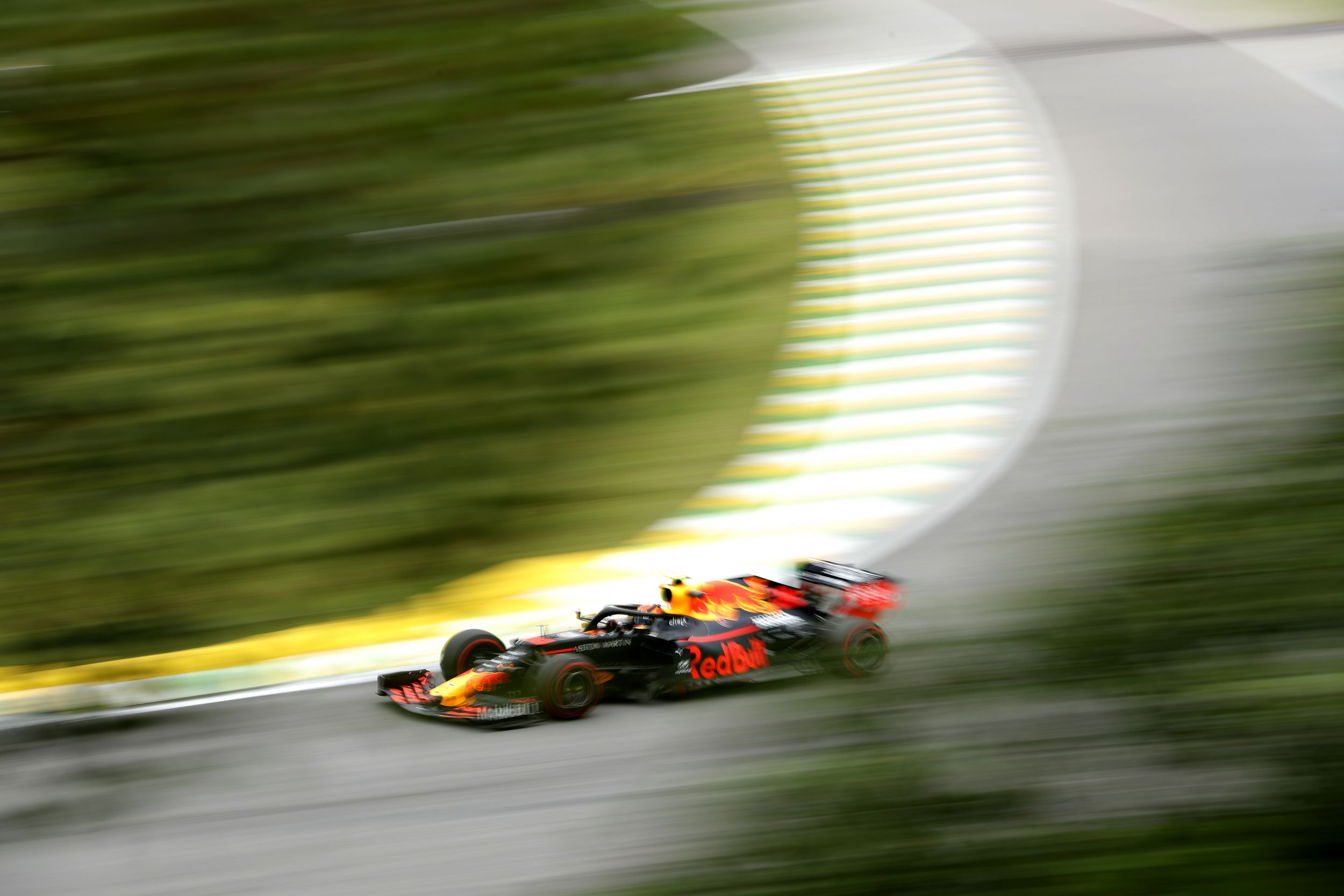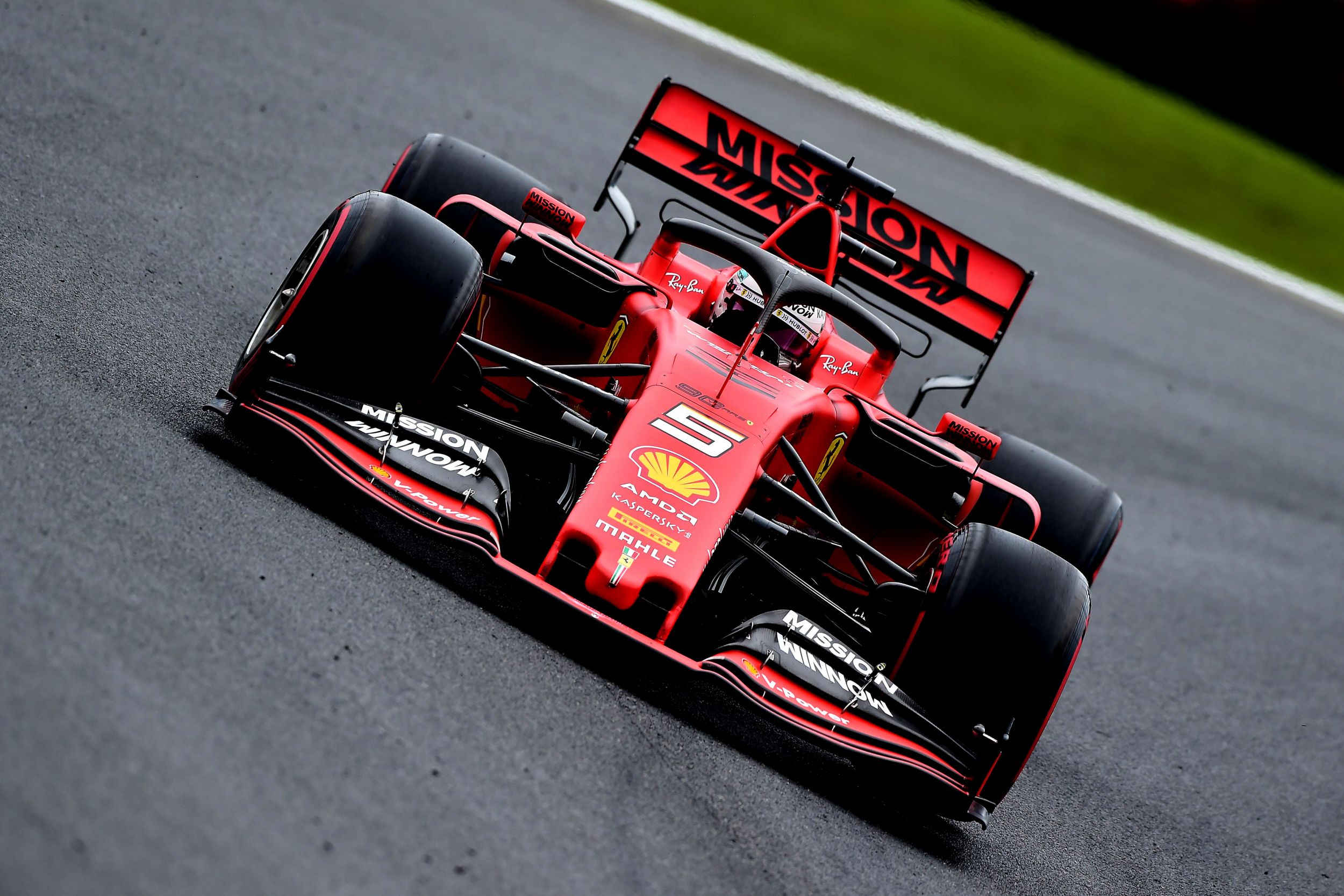It’s safe to say that 2020 has not been the best year for Ferrari. From dropping Sebastian Vettel, who has previously been their best shot at a title, to engine problems leaving them and their customer teams falling behind initial expectations.
Only two podiums in the first four races would usually be a disaster for Ferrari in the modern era, especially when McLaren have one third place and Mercedes have won all four. It doesn’t bode well for a team with such pedigree within the sport.
Not having both drivers through to Q3 in Austria wasn’t a major issue, especially as Charles Leclerc had described the performance of the car as “probably worse than we expected”. But when team principal Mattia Binotto confirmed that there were major design flaws with the SF1000, particularly regarding the aerodynamics, this did not fill anyone within the team, or the fans, with confidence.
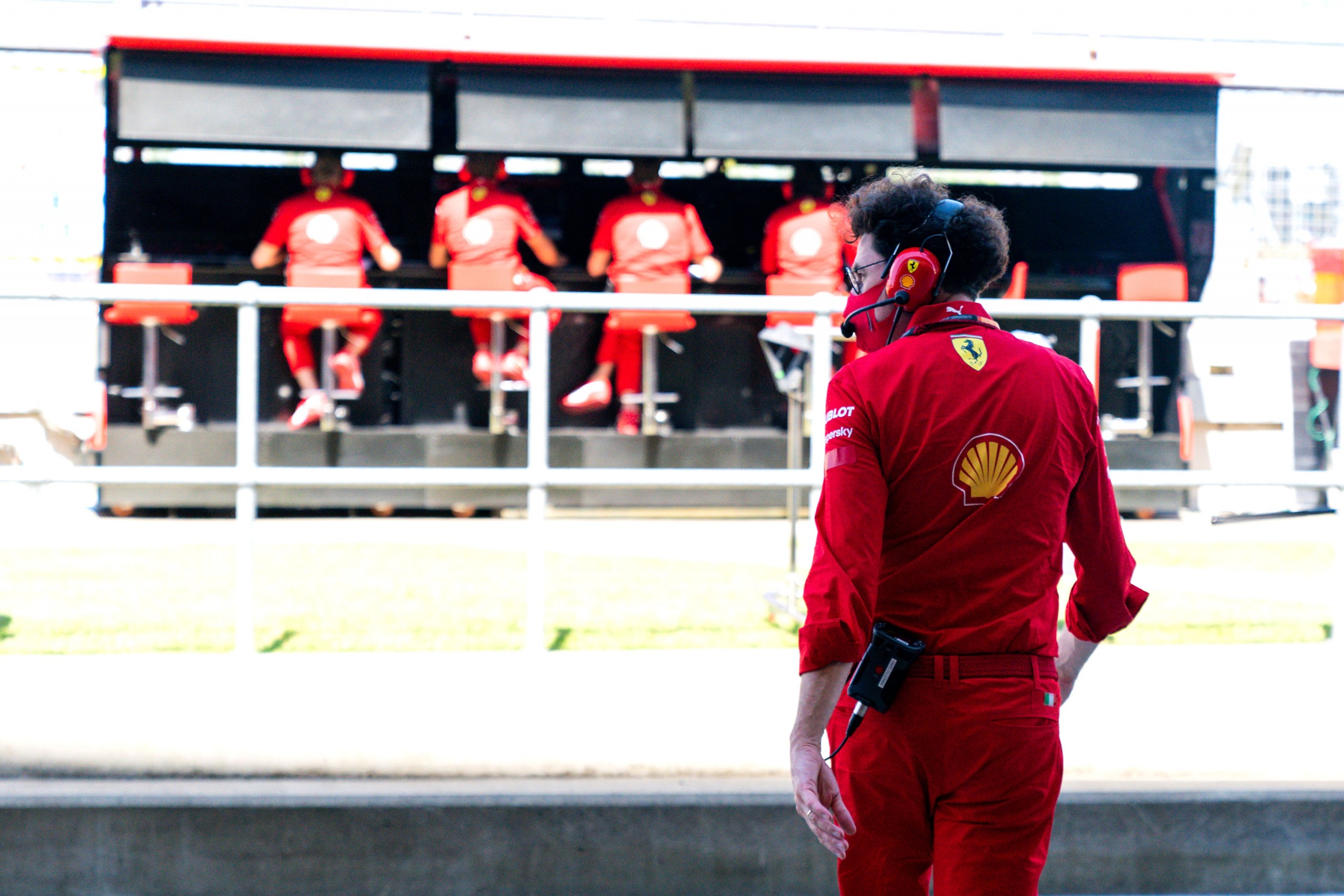
As if things couldn’t get worse, they did at the Styrian Grand Prix when both cars collided on the first lap and had to retire. Even with the new upgrades to the front wing and rear diffuser, the car just couldn’t meet the standards expected from the team and the fans.
Hungary was an improvement, especially in qualifying. Both drivers made it through to Q3 and both finished the race, even if they were both lapped by Lewis Hamilton.
Also, Ferrari are lucky to not have had significant mechanical failures like some Mercedes engines and the electronics issues with the Honda-powered cars. The Ferrari-powered Haas cars had issues with the brakes in the Austrian GP. Even if their power unit isn’t as good as in 2019, its reliability is something to be impressed about.
2020 was destined to be the year for them. Leclerc had just finished his maiden year with the team and Vettel going into his last with them. Surely, just surely, they could string a good season together.
A technical restructure for the team before the British Grand Prix was needed and came with Rory Byrne being mentioned, who helped Ferrari to titles in the dominant Schumacher era. His expertise will be used to ensure the team do not fall as far behind as they currently are.
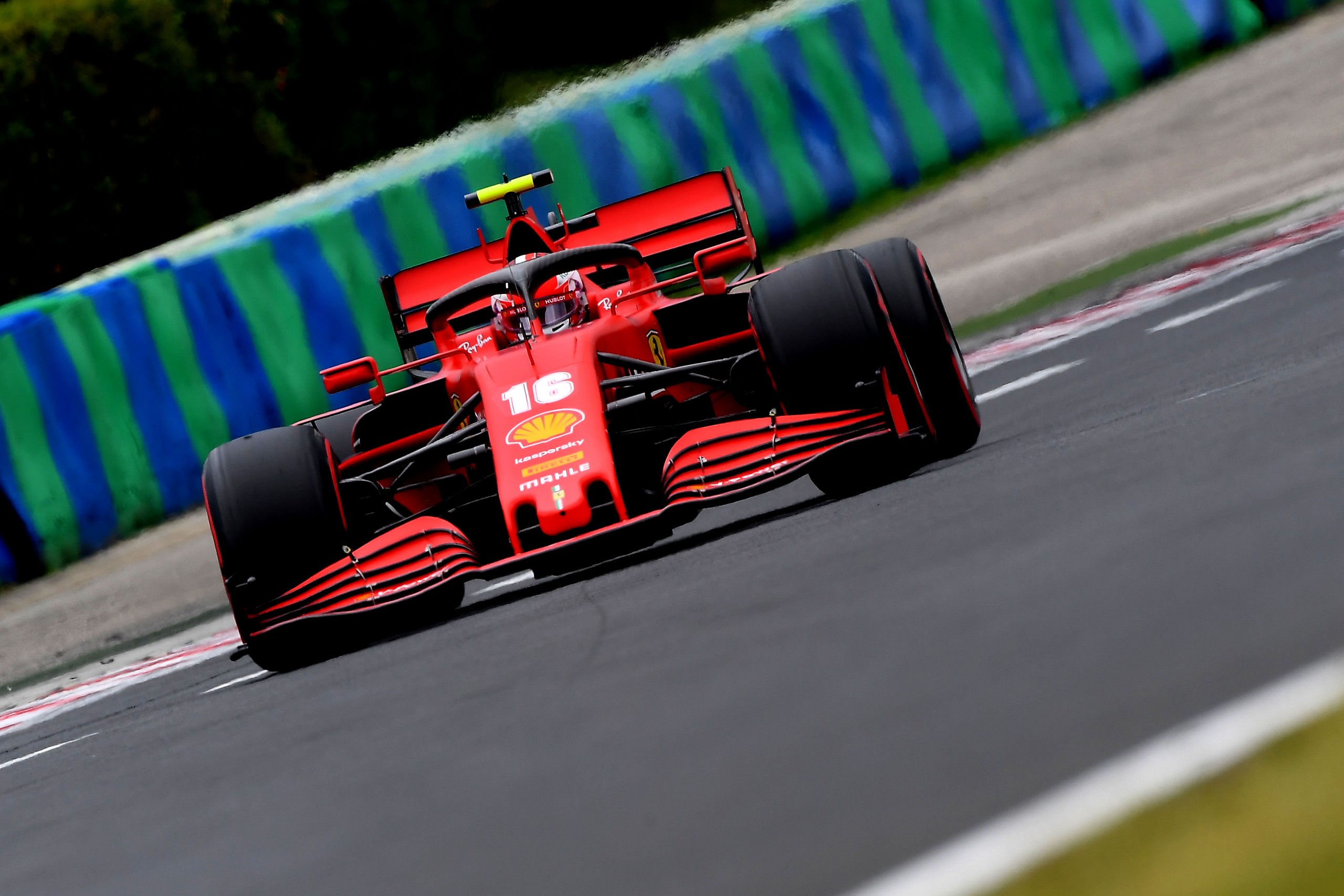
Bringing a low aerodynamic package to Silverstone, one that would commonly be seen at a track like Spa-Francorchamps, proved that Ferrari were focusing on a defensive strategy rather than trying to attack from the front. This is due to the fact that Silverstone is dominated by engine power and this has been the main point of concern for the team.
The qualifying performance from the team was more impressive at Silverstone than previous races, with Leclerc starting in fourth place just over a second behind the new record time set by Hamilton, and Vettel also qualifying in the top 10.
This was also supported by a strong performance in the race with a podium for Leclerc, assisted by a tyre issue for Valtteri Bottas in the final moments of the race, and tenth for Vettel, after struggling to keep the Alpha Tauri of Pierre Gasly behind him.
After four races, the team is in fourth place in the constructor’s championship, one point ahead of Racing Point who have had a strong showing so far. For the drivers, Leclerc is in fifth position behind Lando Norris, and Vettel is only two points behind Gasly in 13th place. Vettel has not finished a race higher than sixth, which would usually be the minimum for one of the top three teams.
2020 has unfortunately proved that Ferrari are not going to be automatically considered to be in the running for titles or even race wins. With the rules staying the same into 2021, it is unlikely that they will be more competitive next year.
